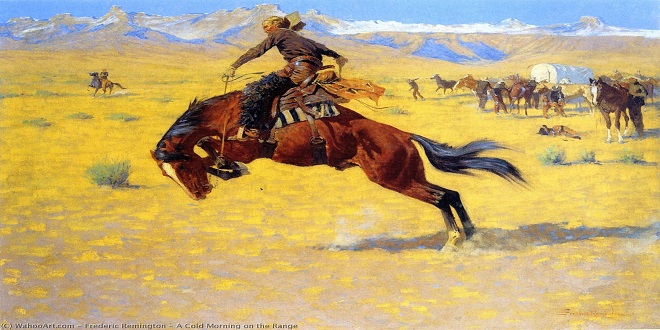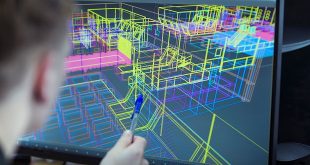Frederic Remington’s paintings and sculptures are globally famous for their ability to capture the essence of the American West. His realistic depictions of Western life and pioneering techniques have made his artwork essential to American art history and culture.
Remington’s artwork is also recognized and applauded for its realistic depictions of the American West. His attention to detail and ability to paint the nuances of Western life has made his masterpieces both historically valuable and artistically significant.
So, it’s only right that many individuals want Remington’s artwork in their possession, which is not possible. However, one can always opt for Remington’s reproduction or replica art of Remington’s original. So, let’s see how Remington’s reproductions are made.
Hand-painted Replicas
A hand-painted painting is a one-of-a-kind work of art that captures the beauty and complexity of the world around us. It is a reminder that art is not just a product but a process that allows us to connect with our creativity, emotions, and imagination. Similarly, Frederic Remington’s paintings are hand-painted by skilled artists by following a labor-intensive process with a high level of efficiency and attention to detail, just like the artist.
The artists start with a deep study of the original painting to understand the colors used, techniques applied, and brushstrokes painted by Remington. Once the artist has gained a comprehensive understanding of the original painting, the next step is to get the right canvas with a similar size and texture.
This is followed as the artist sketch-replicates the painting onto the canvas, primarily using a pencil or charcoal. It’s important to do this as it serves as a guide when it’s time to paint. After the sketch is ready, the artist applies the base layers using an underpainting technique. This builds a solid foundation for the overall tone and color of the painting.
The next milestone in the process is to build up the layers of paint, working from the background to the foreground using different brushstrokes and techniques similar to the ones in the original artwork. Finally, when it’s almost done, the artist has to refine the details, so that the reproductions mirror the original as much as possible.
The final step after the painting dries, depending on the thickness and the medium used, is the application of a protective coating to preserve the artwork for many years to come.
Giclée Prints
In the digital era, it’s no strange to see the digital reproduction of the famous Frederic Remington’s paintings using Giclee printing. It’s a popular method of high-quality reproduction using a digital printing process with specialized printers and high-quality archival inks to produce prints with incredible color accuracy.
The first step is high-resolution scanning, so all the minute details and color palettes painted by the artist are captured. This is followed by the adjustment of the digital file to make sure that the colors mirror the original work as closely as technically possible.
Once the colors are adjusted, it’s time to print onto archival paper or canvas using a giclée printer. The printer has nozzles to apply the ink in tiny droplets, creating a high-resolution print with extraordinary color accuracy covering the minute details.
Before the print is shipped, each print is examined to ensure no defects or flaws. You should remember that Giclée prints are often produced in limited editions, with each print numbered and signed by the artist or publisher. They are often used for art exhibitions, interior design, and personal collections and can be a valuable investment for art enthusiasts and collectors.
Lost-wax Casting
Frederic Remington was also a very skilled sculptor who sculpted the famous ‘The Bronco Buster.’ Even to this day, people replicate his bronze sculptures using the lost-was casting. The time-consuming process starts with creating a wax model of the original sculpture using wax or a similar material.
The wax model is used to build a mold made of a heat-resistant material such as plaster or ceramic. The mold is then heated to a high temperature which melts the wax. The wax flows out of the mold, leaving the mold empty with the shape of the original sculpture.
After this, you have to pour the molten metal, such as bronze, into the mold. Leave it cool and harden and break the mold. You are now left with the solid metal casting ready to be cleaned, polished, and refined. The final step is to apply surface coloration or patina to get the desired finish and texture flawlessly.
Conclusion
Regardless of the method used, it is essential to note that creating a replica painting of Frederic Remington’s work is no walk in the park. In fact, it requires a high level of skill and attention to detail. And Frederic Remington was one of the most influential artists to ever walk on Earth. So to create an accurate replica, the artist or printer must carefully study the original painting to capture the colors, brushstrokes, and texture of the original. Only with the proper techniques and attention can a replica painting of Remington’s work be a remarkable tribute to his masterpieces.
 Isaiminia World Breaking News & Top Stories
Isaiminia World Breaking News & Top Stories


